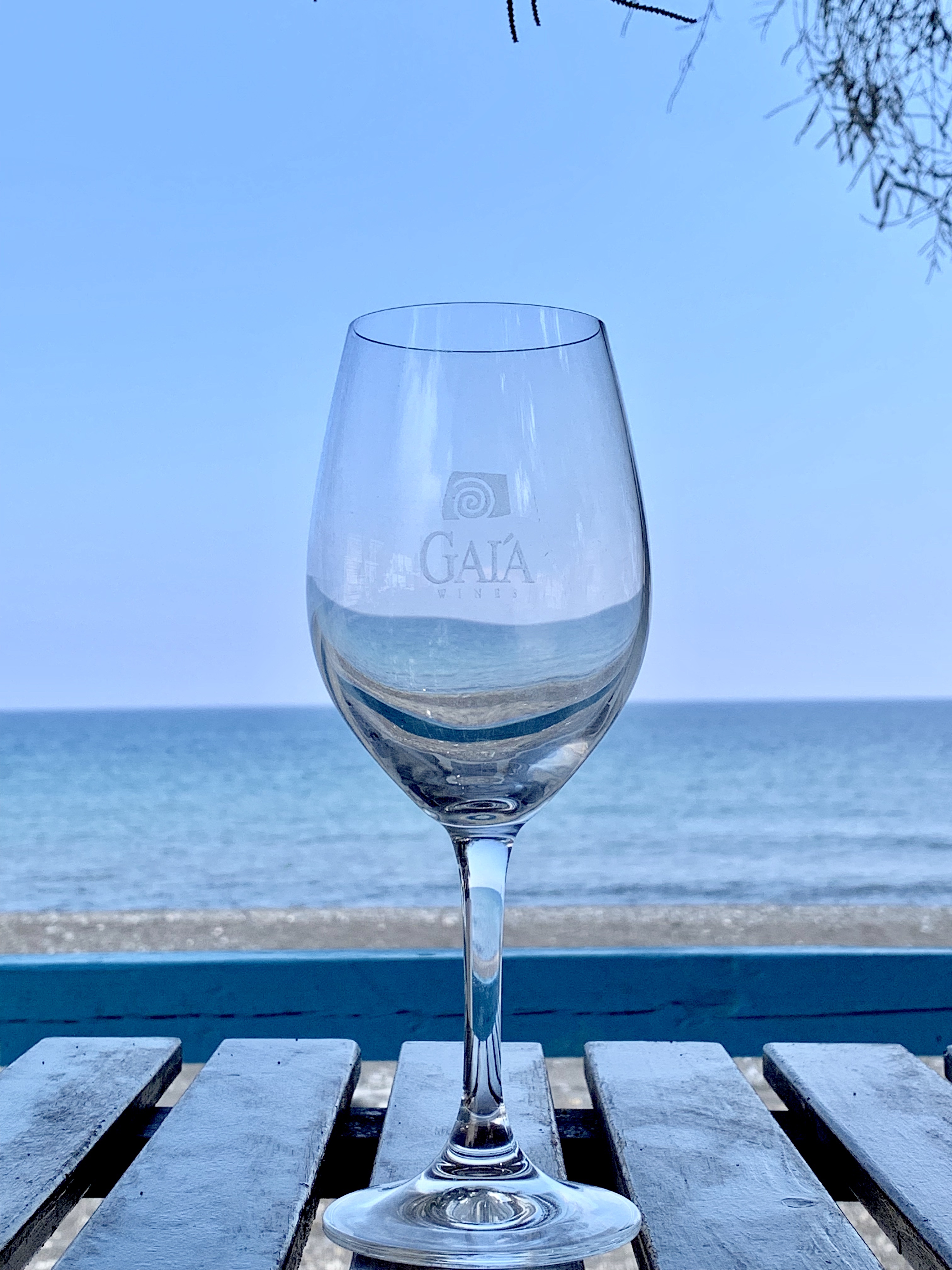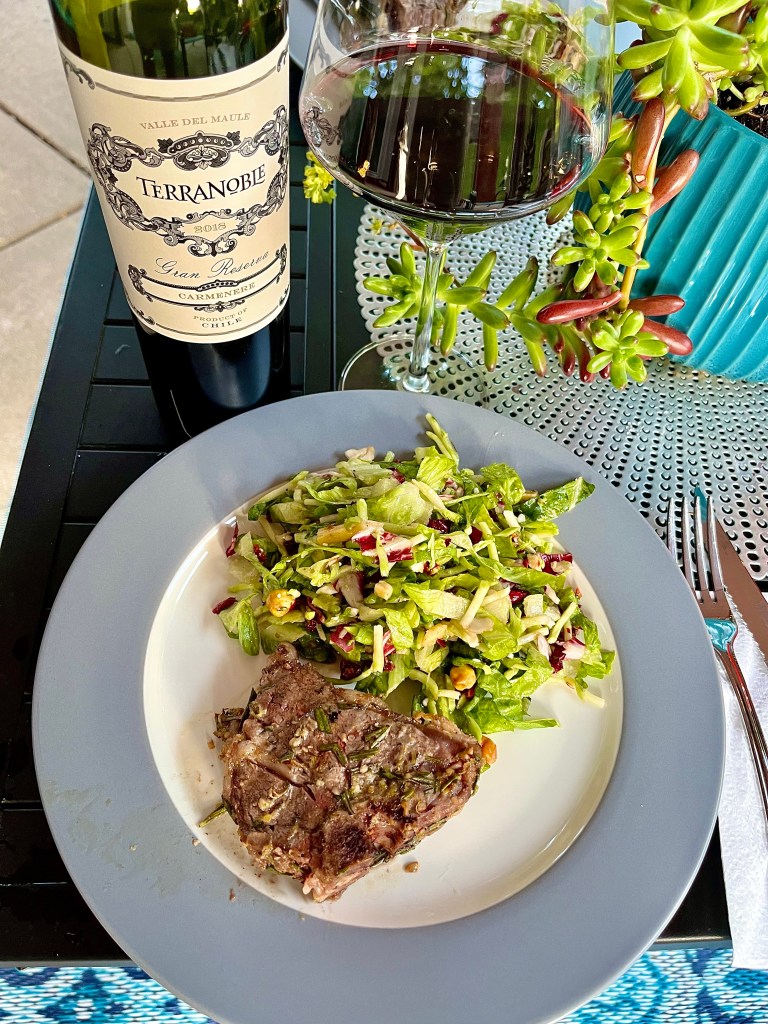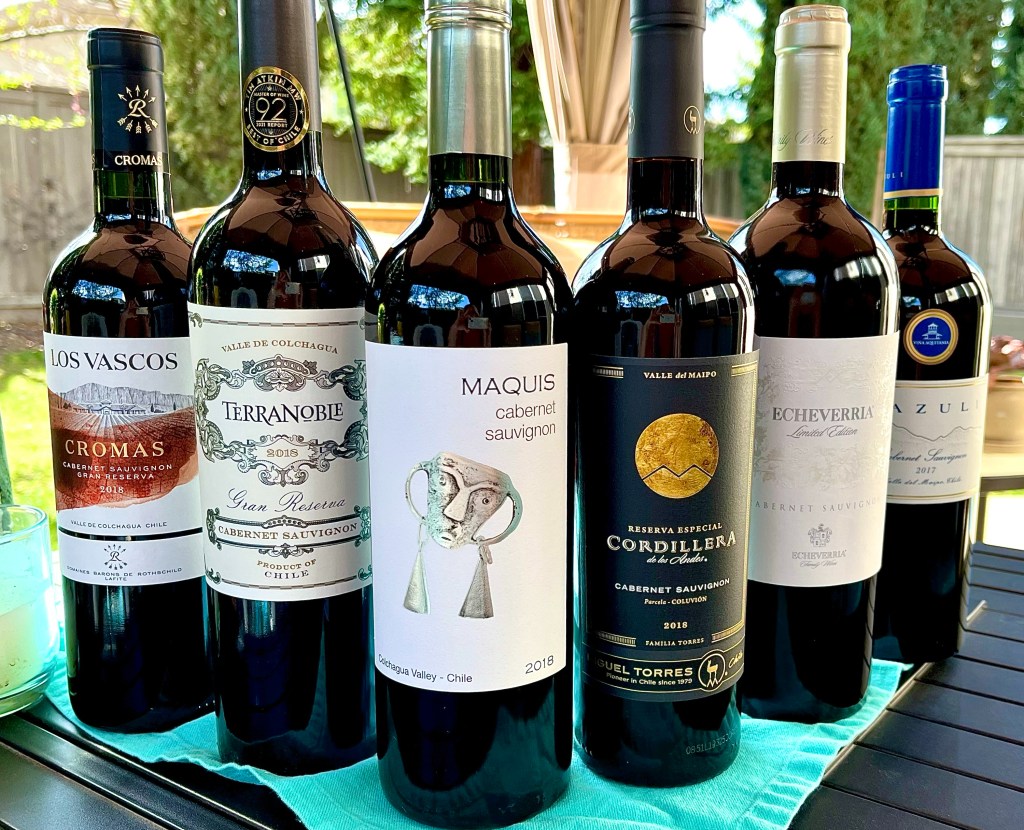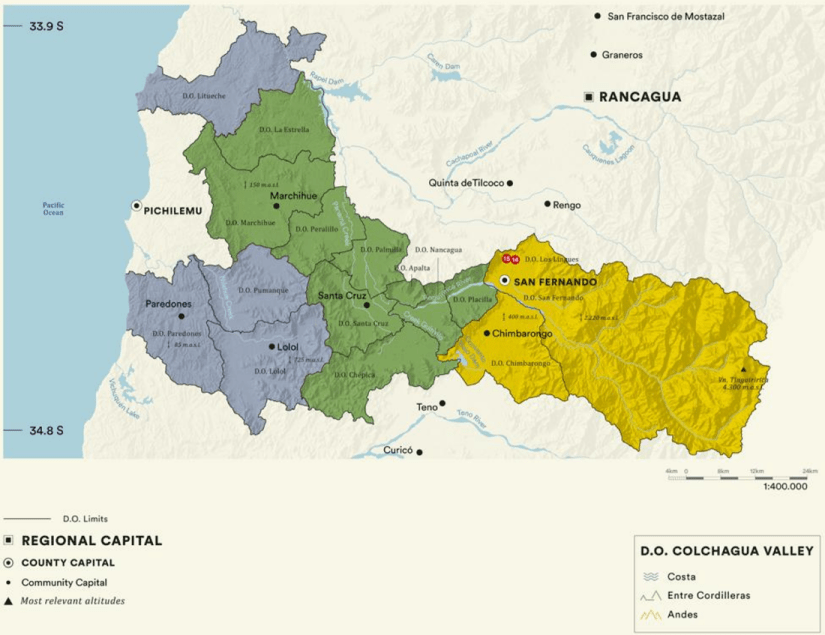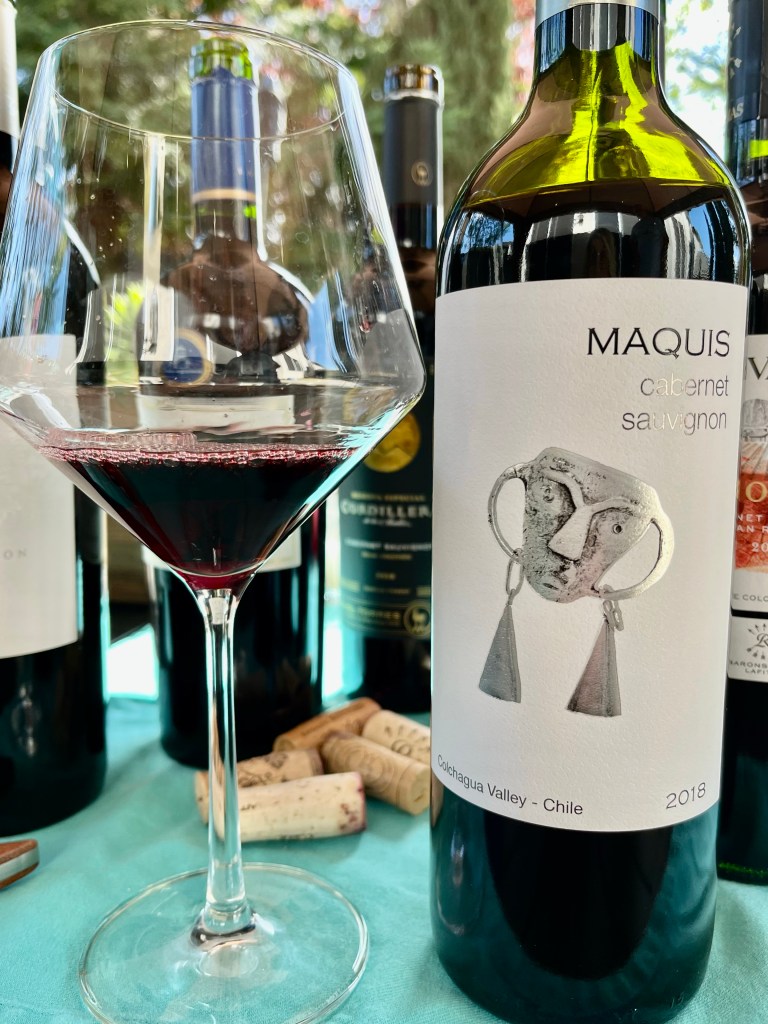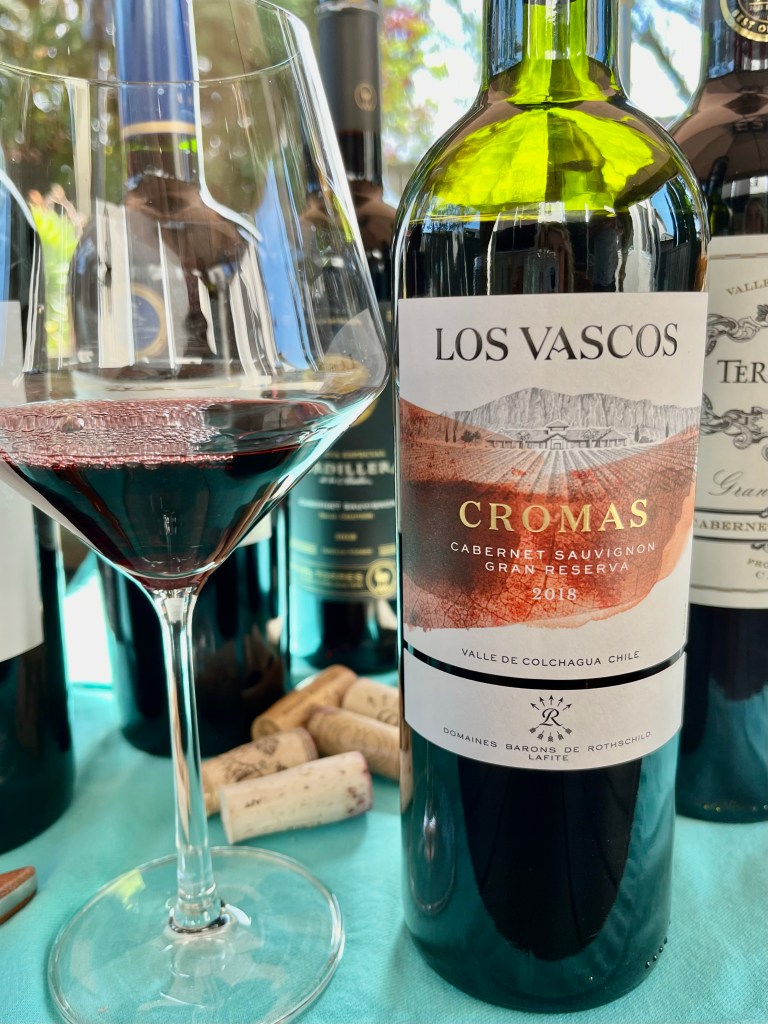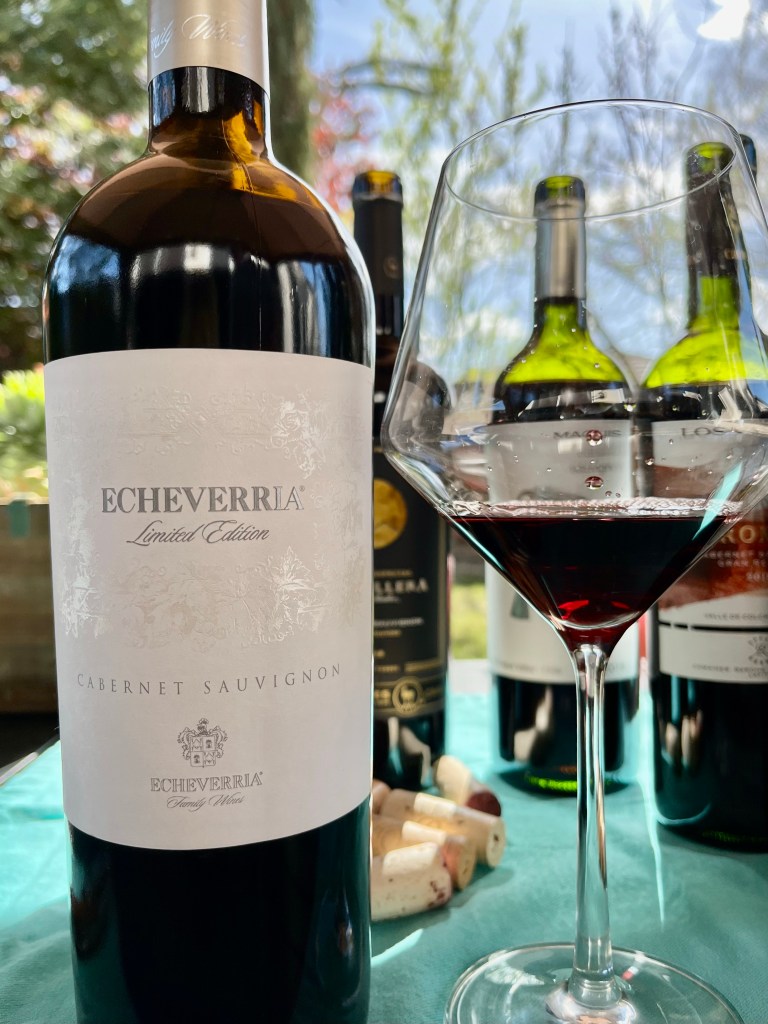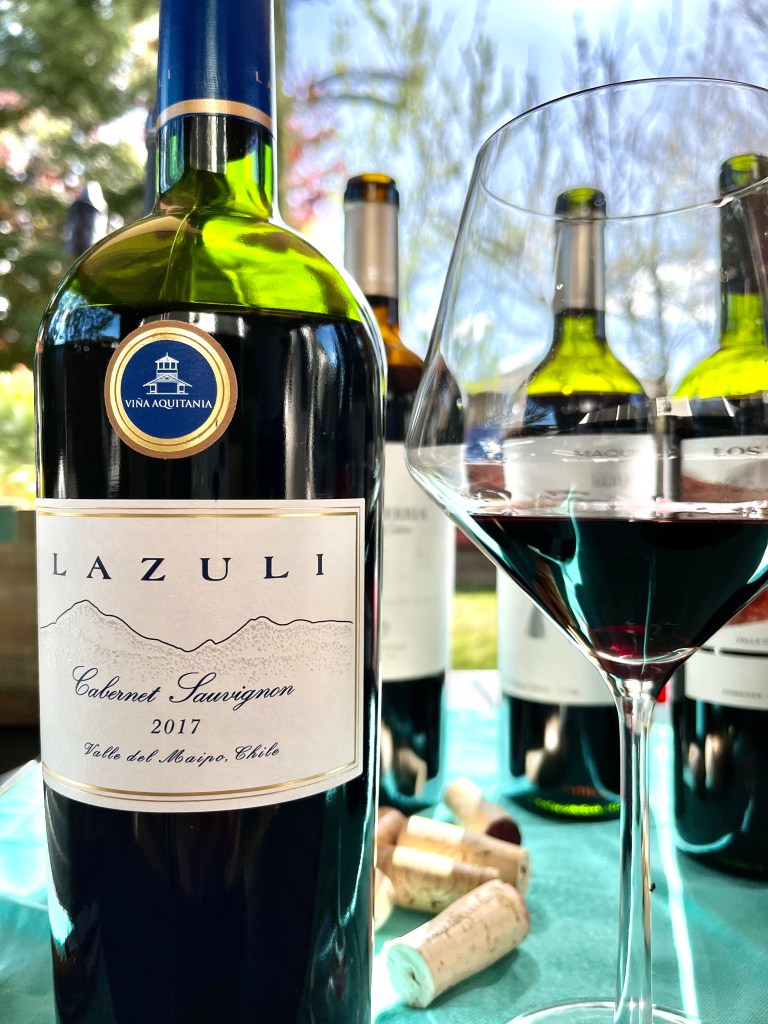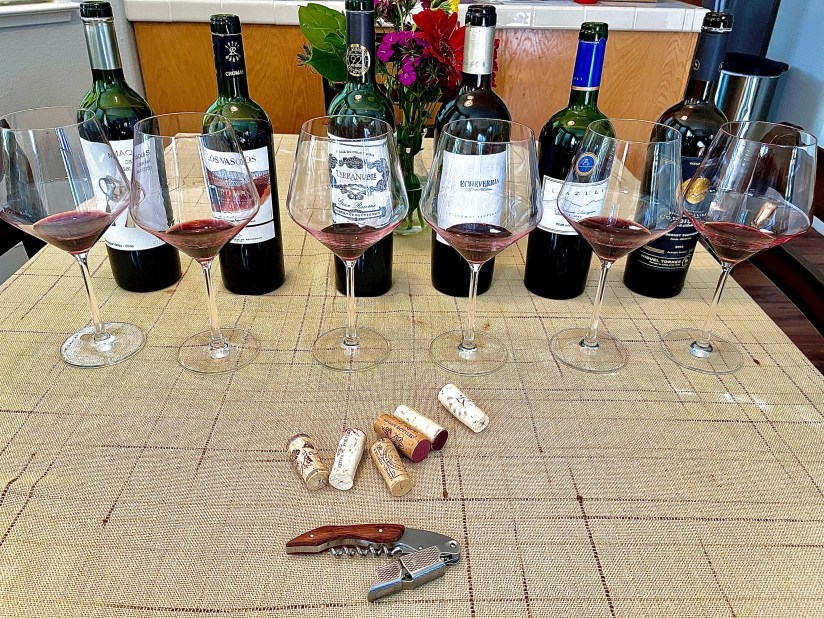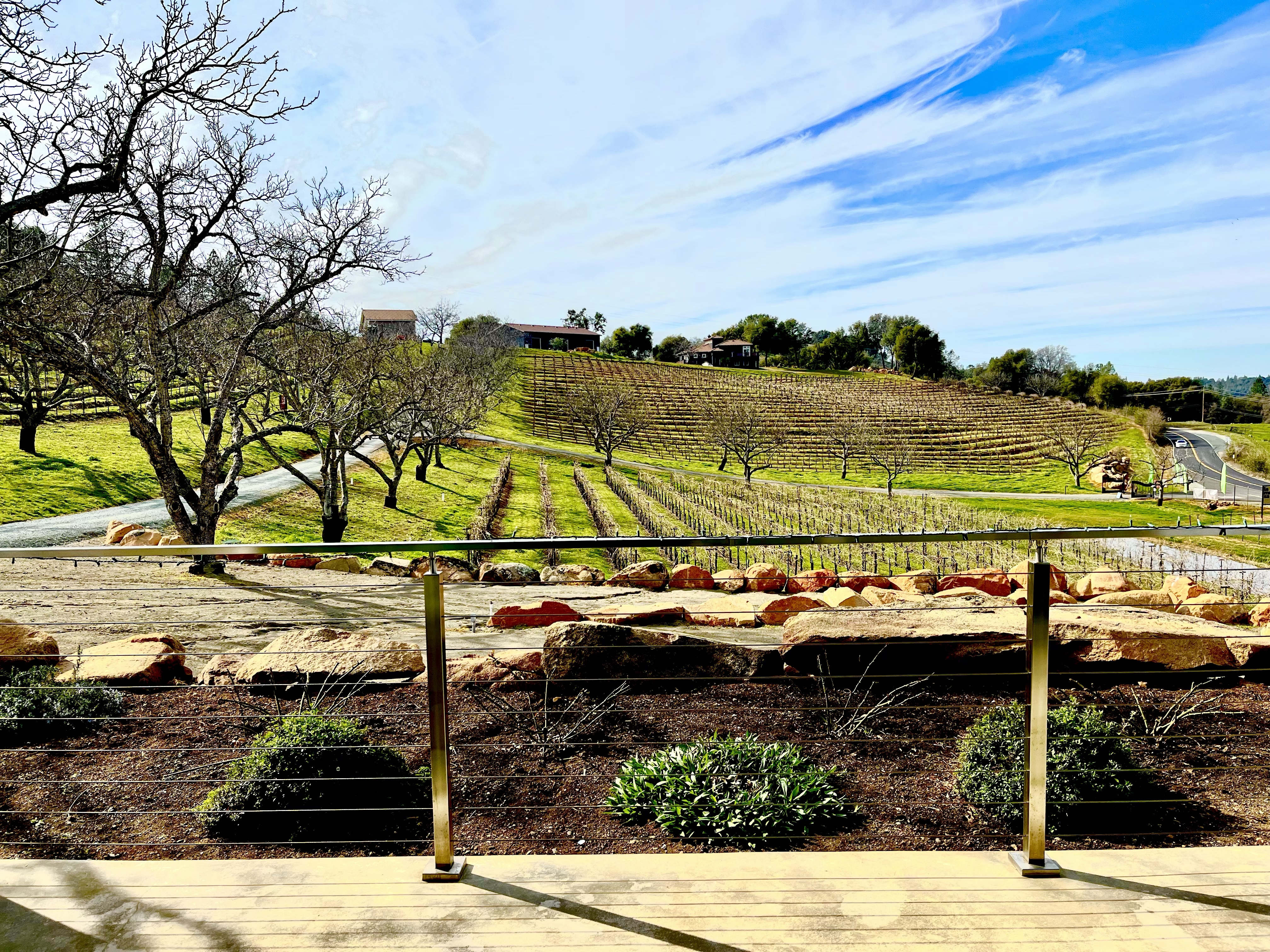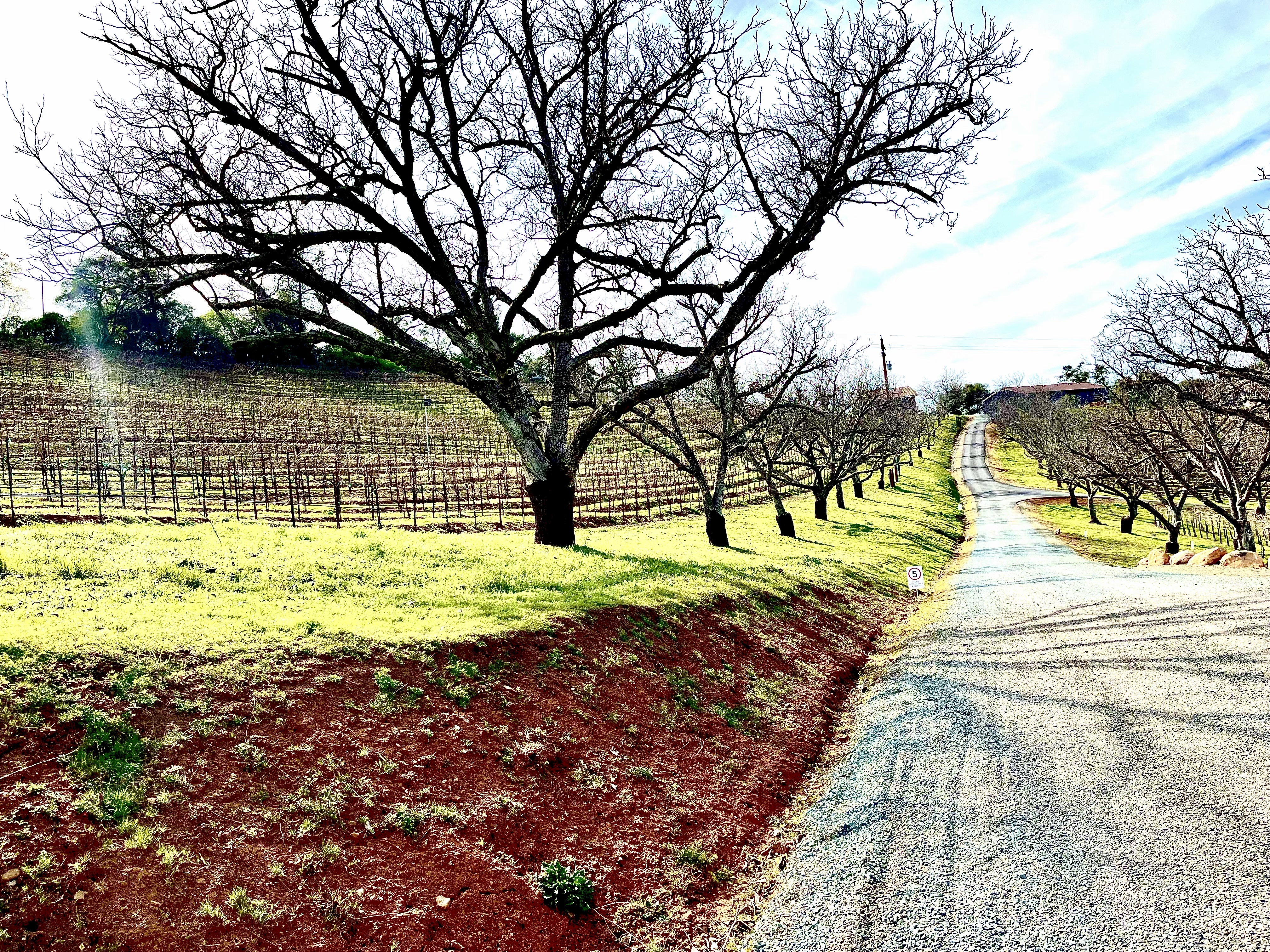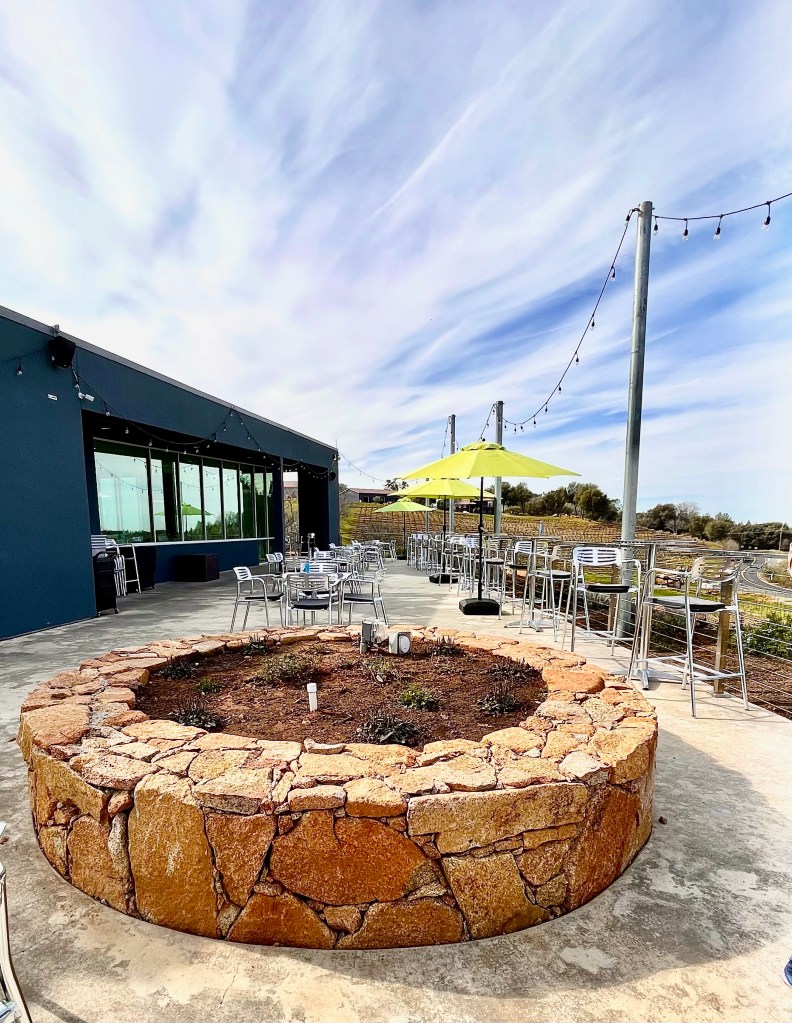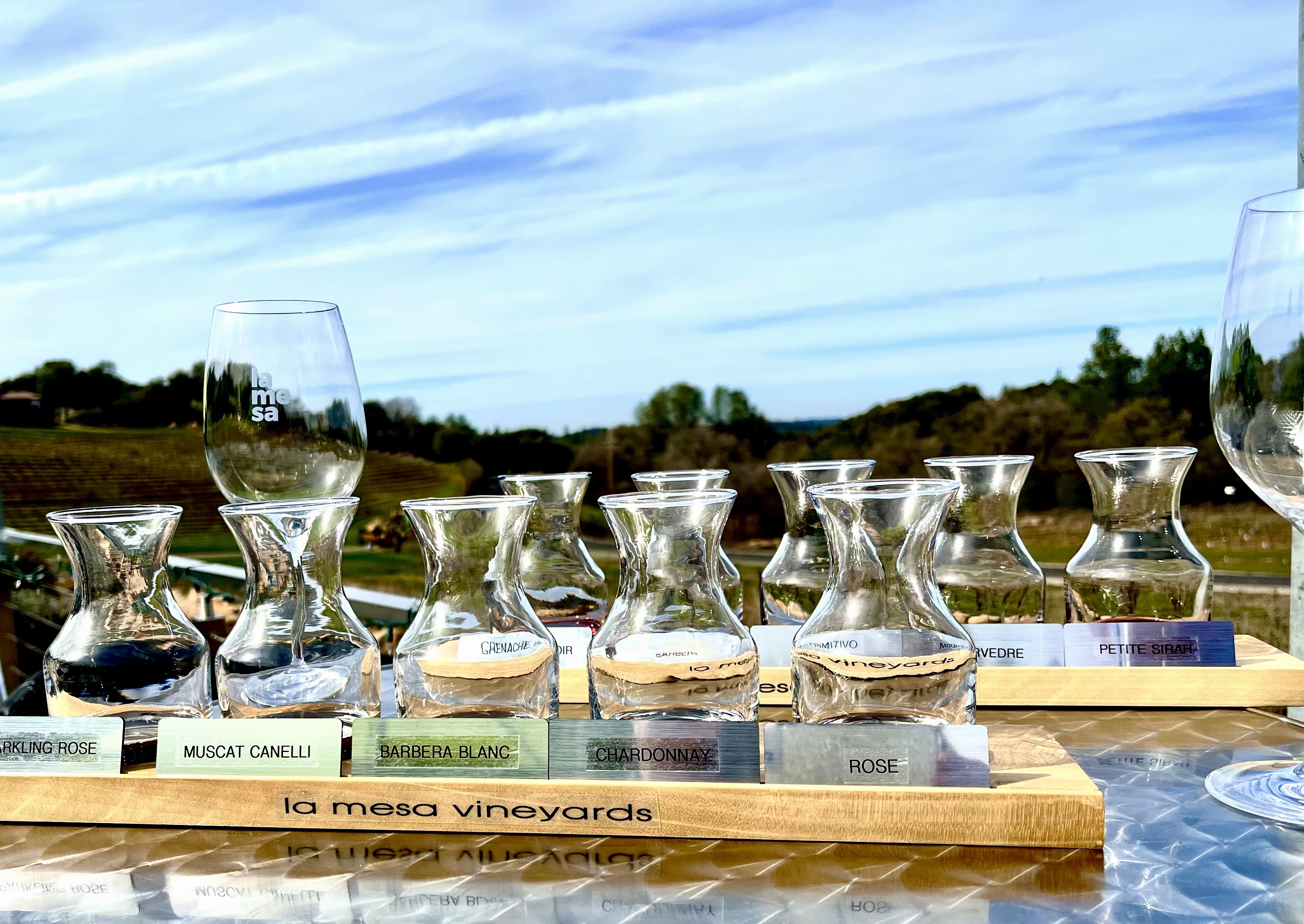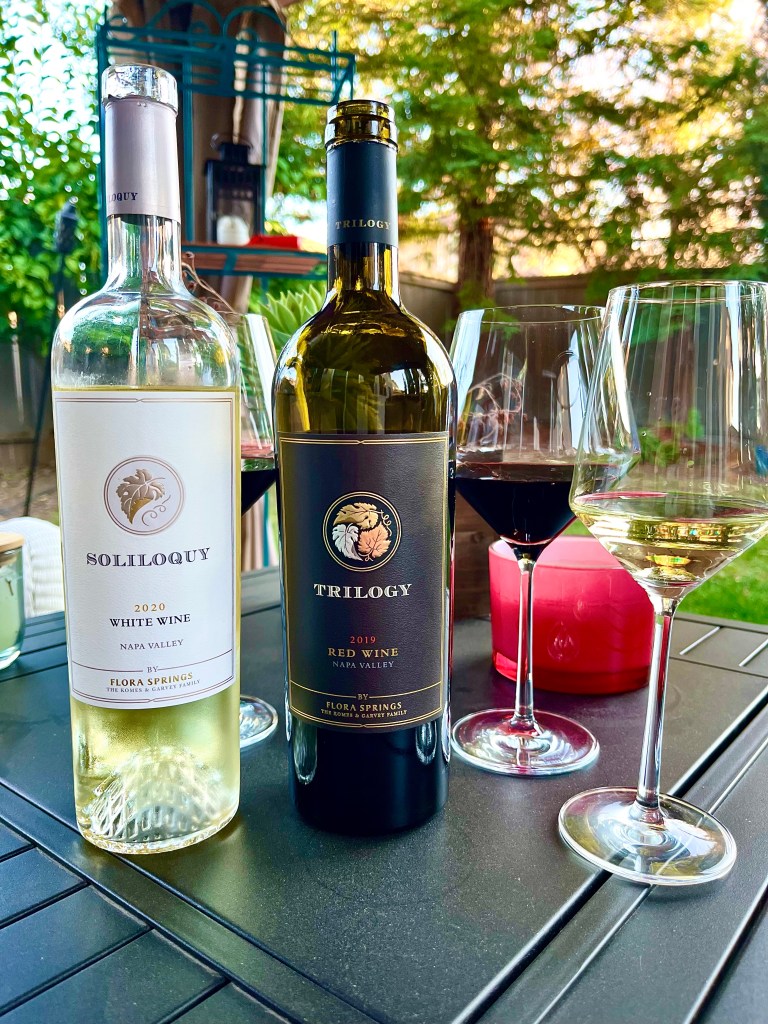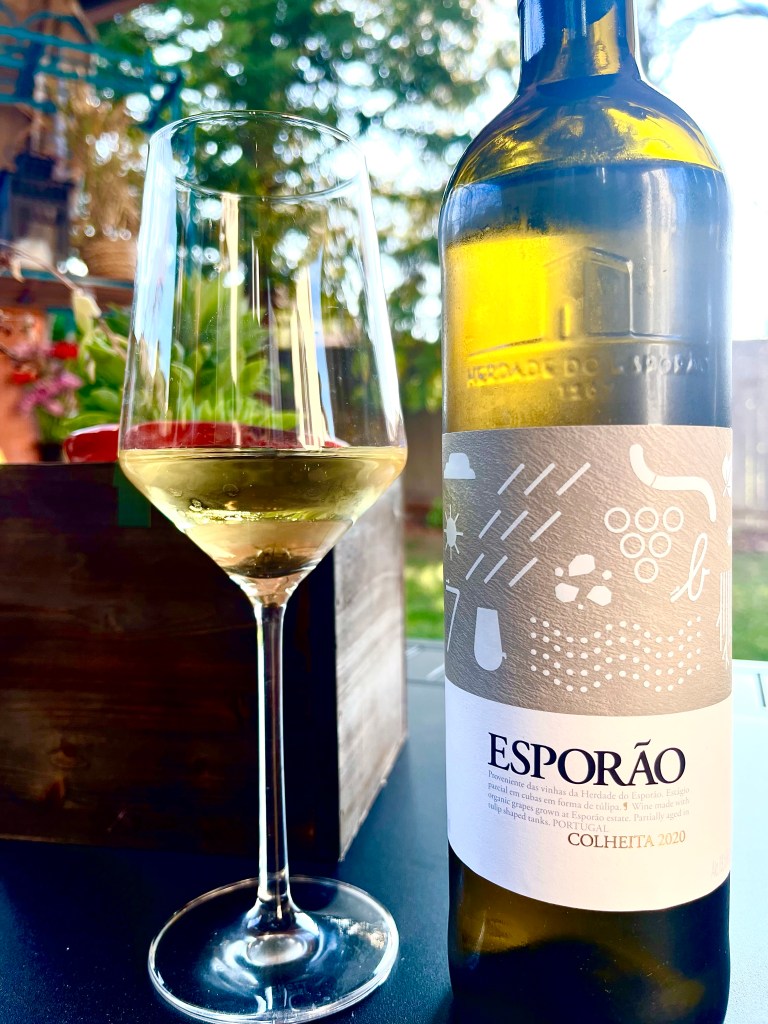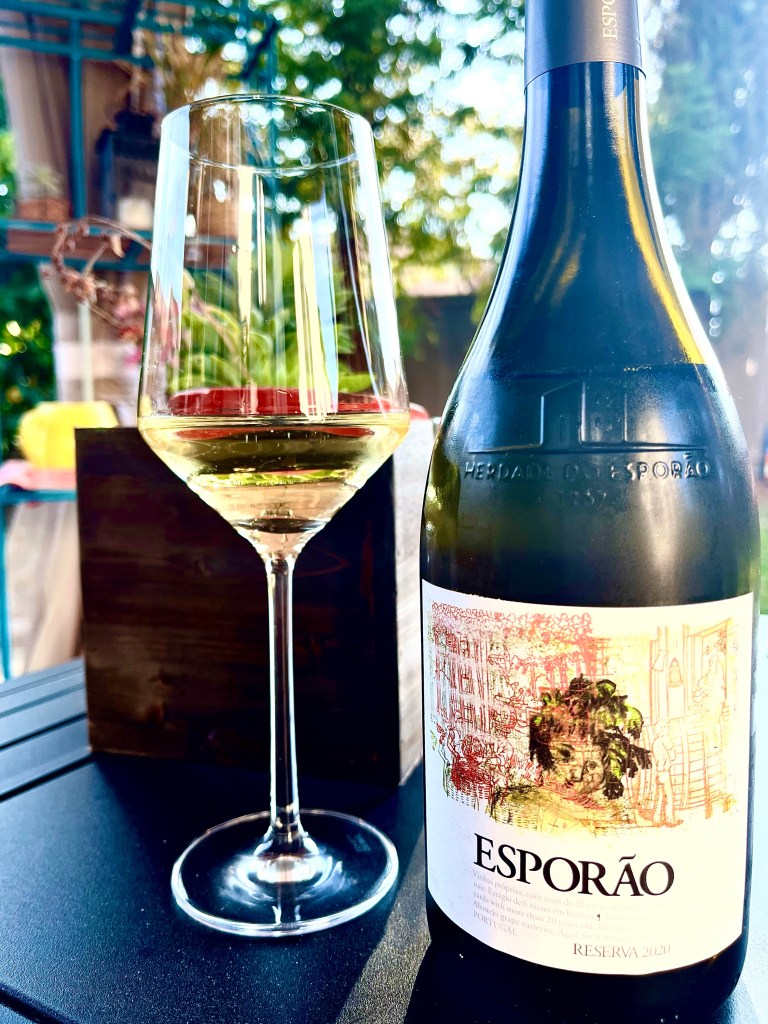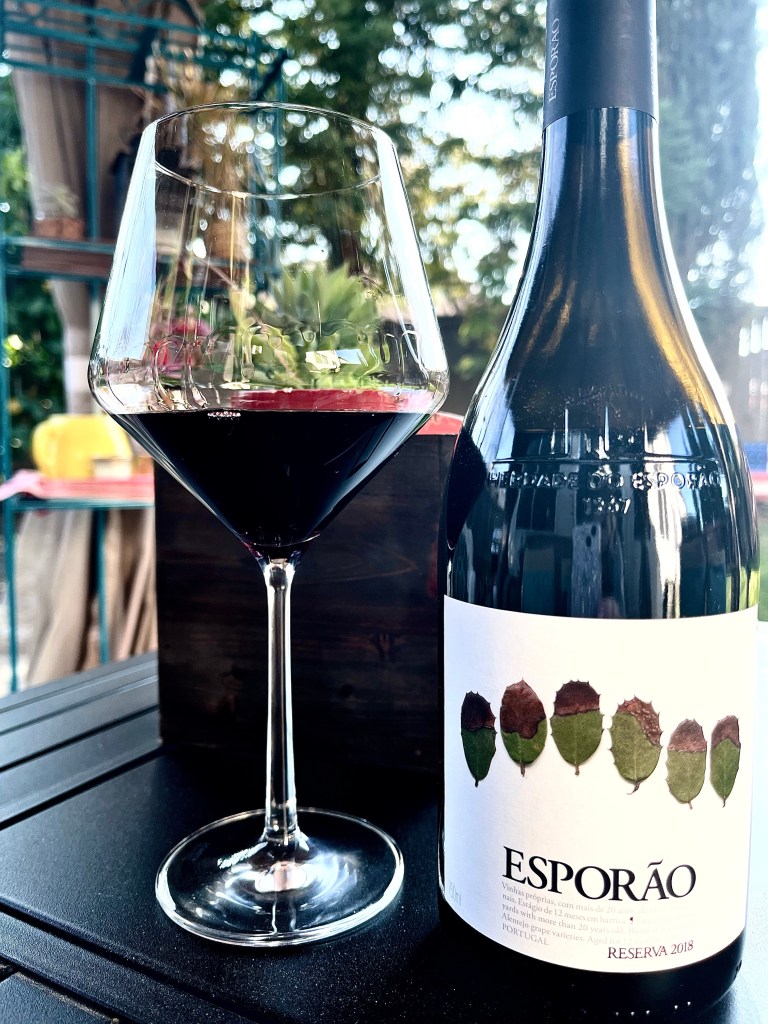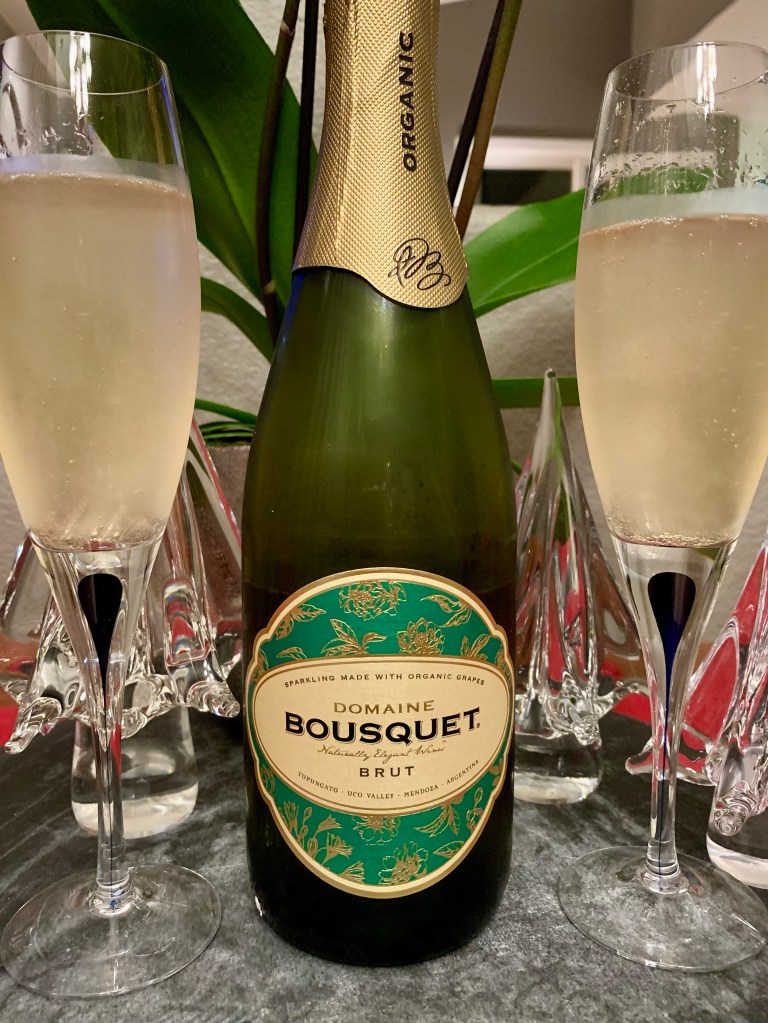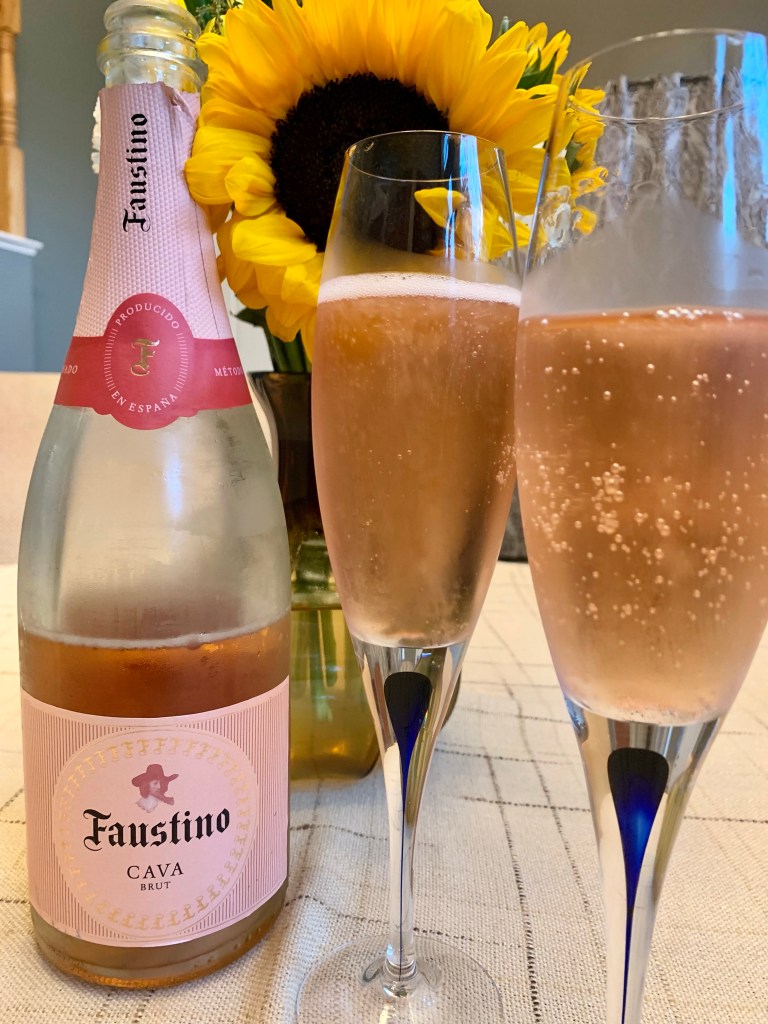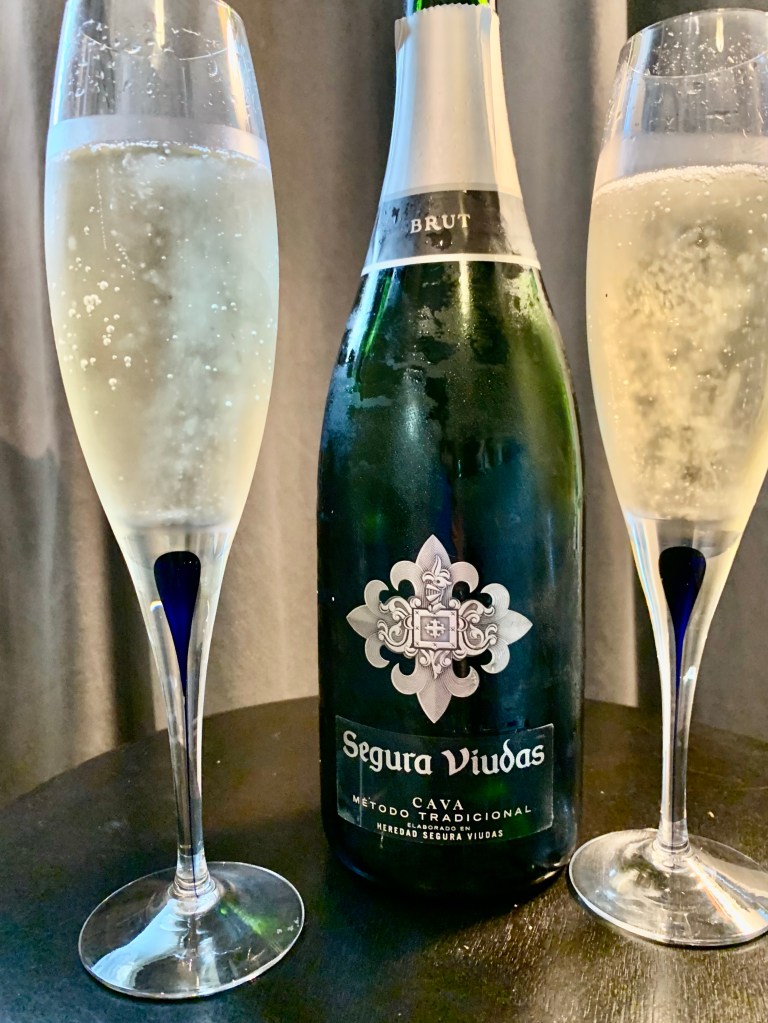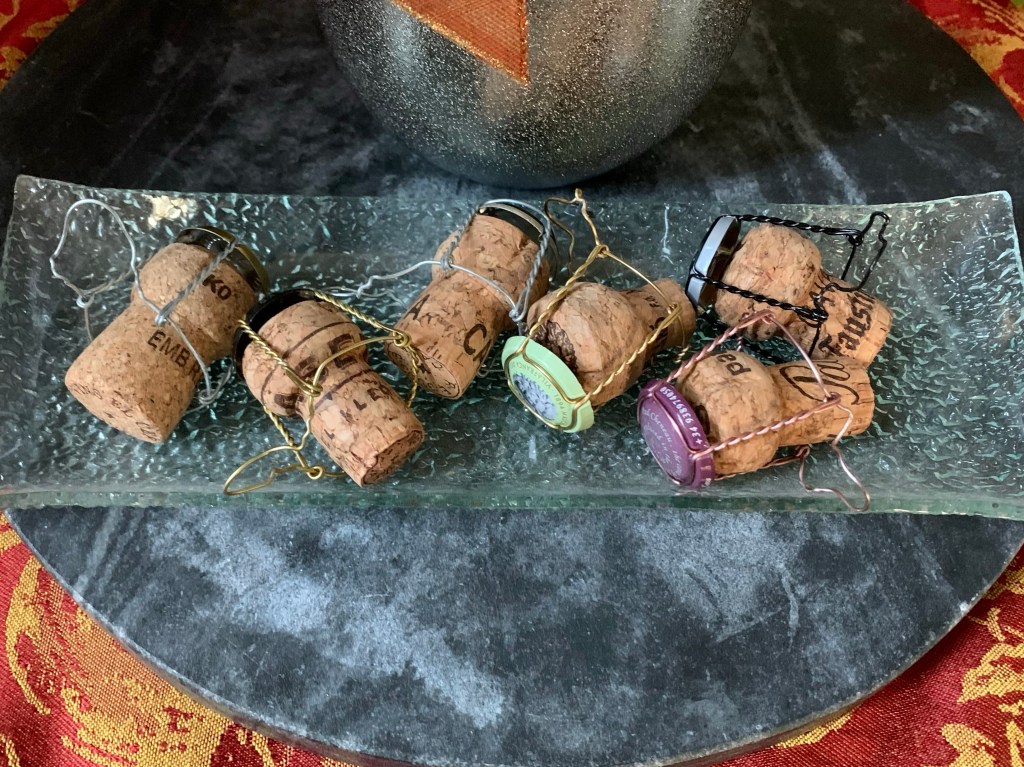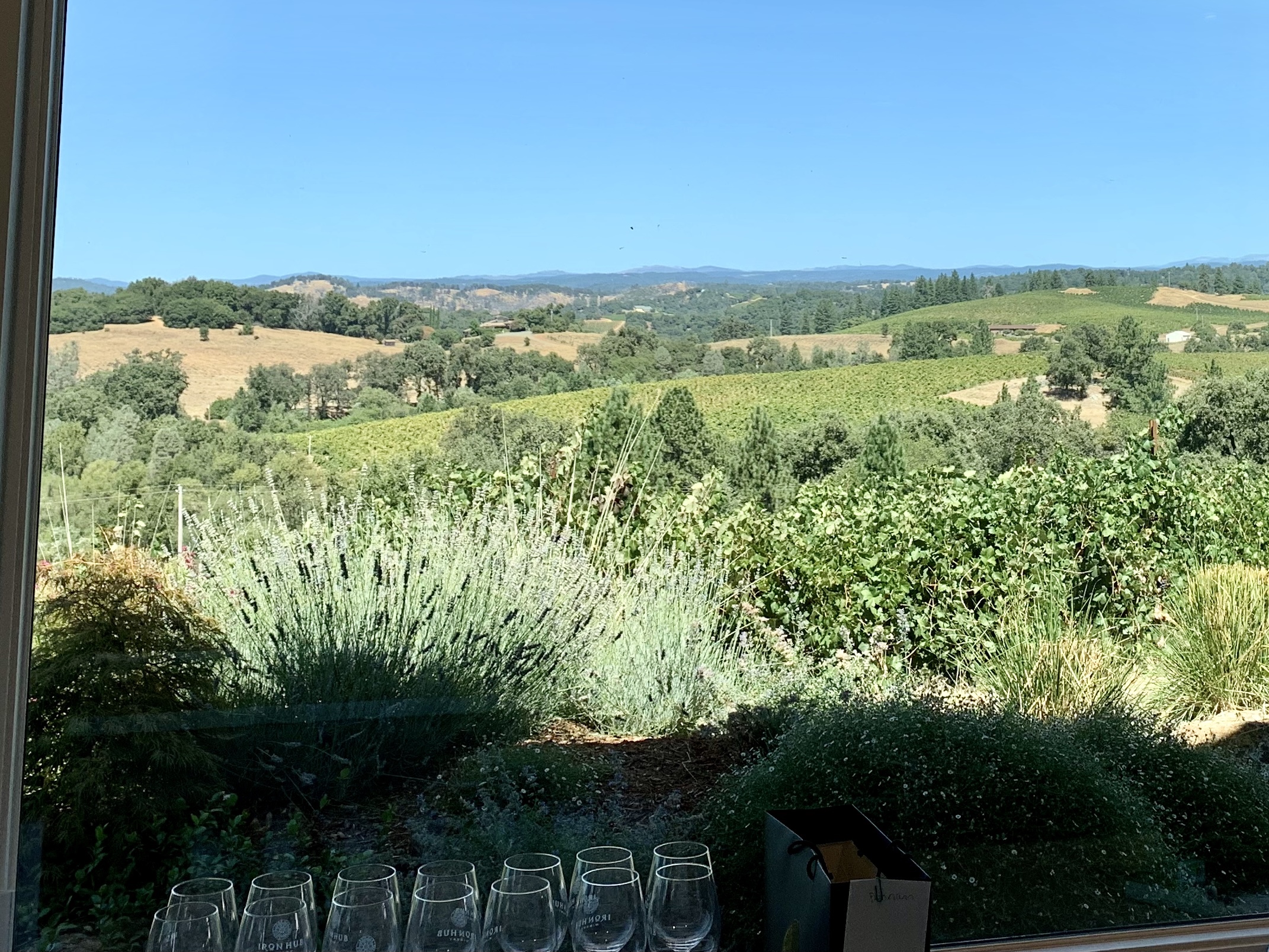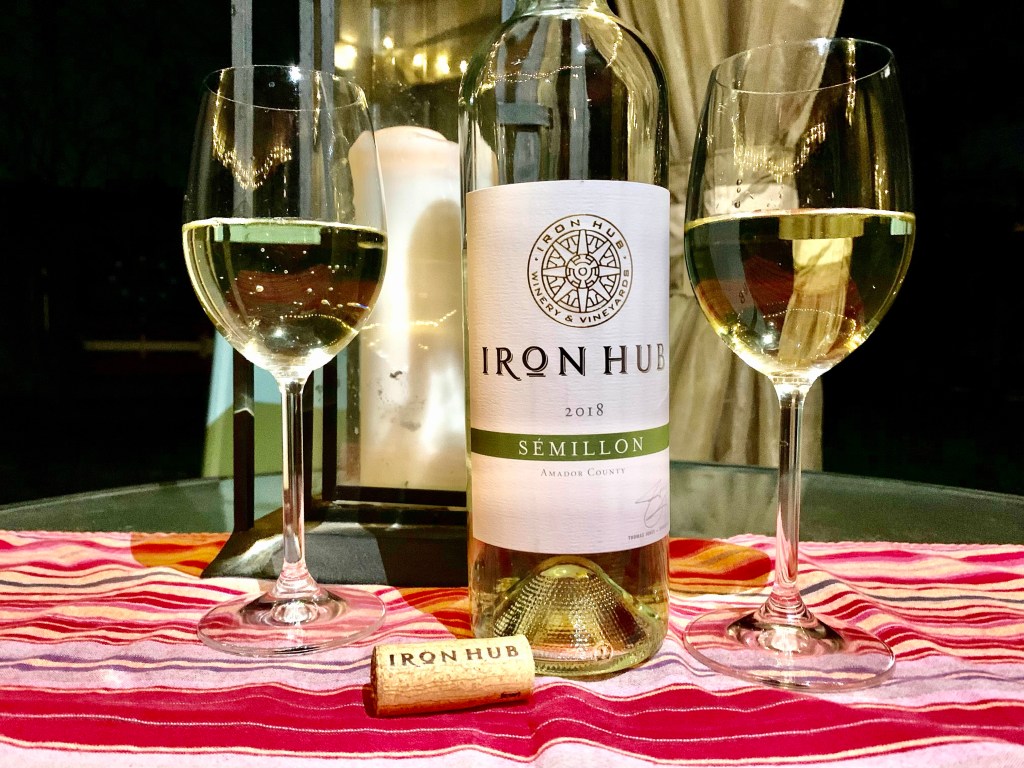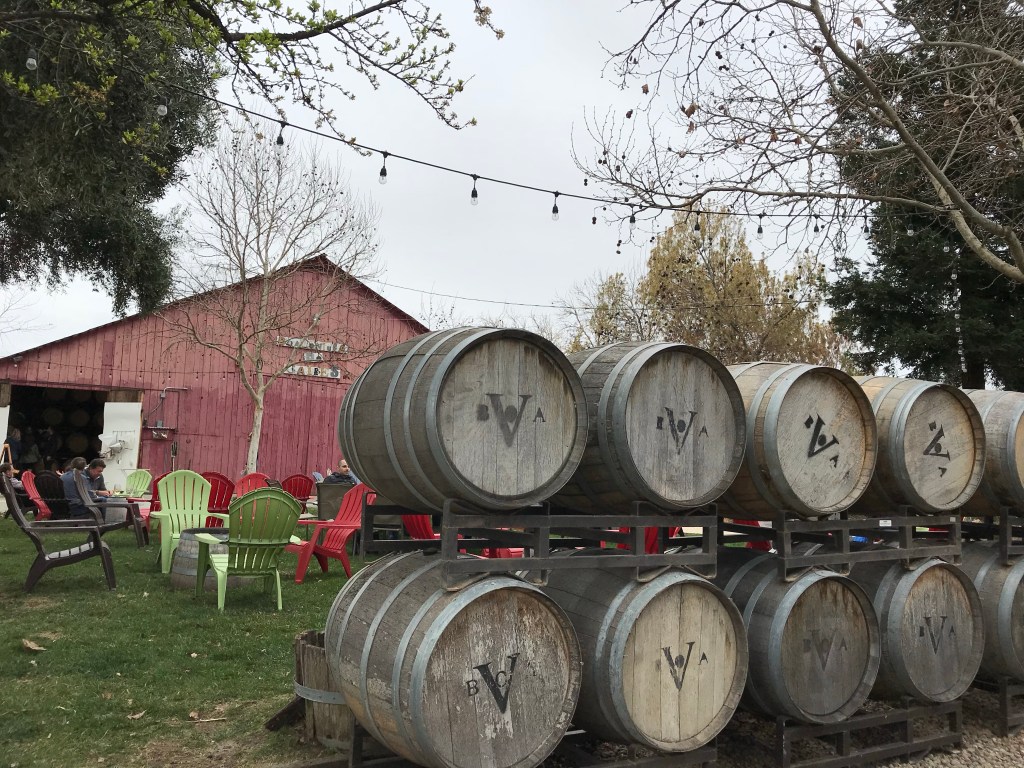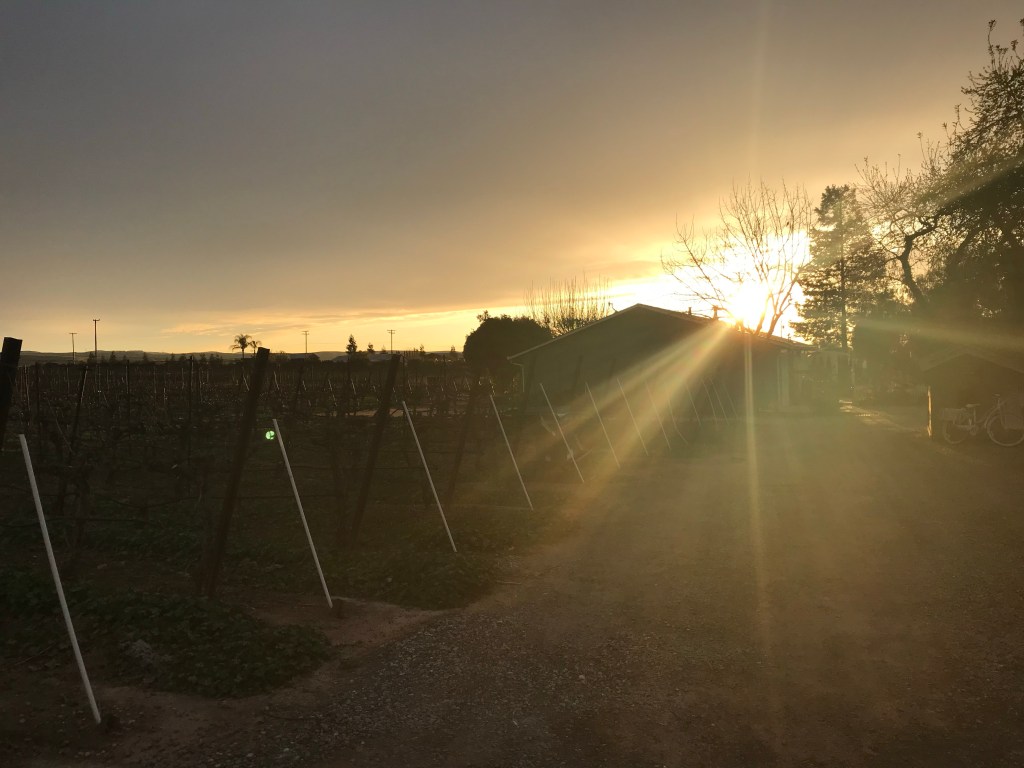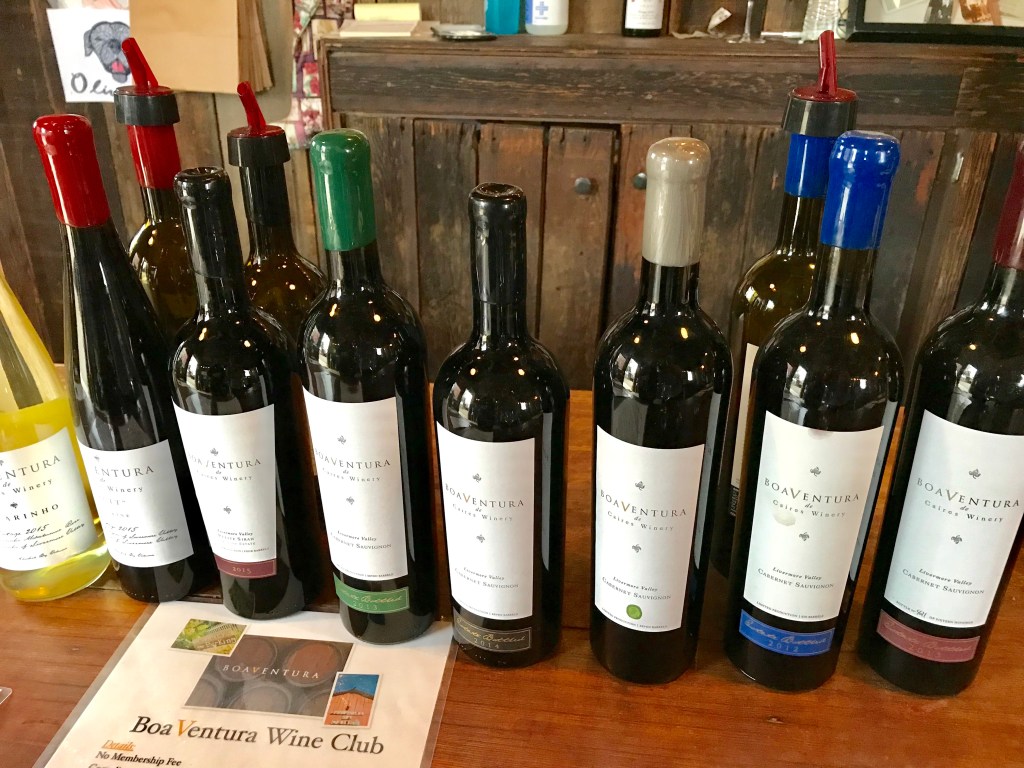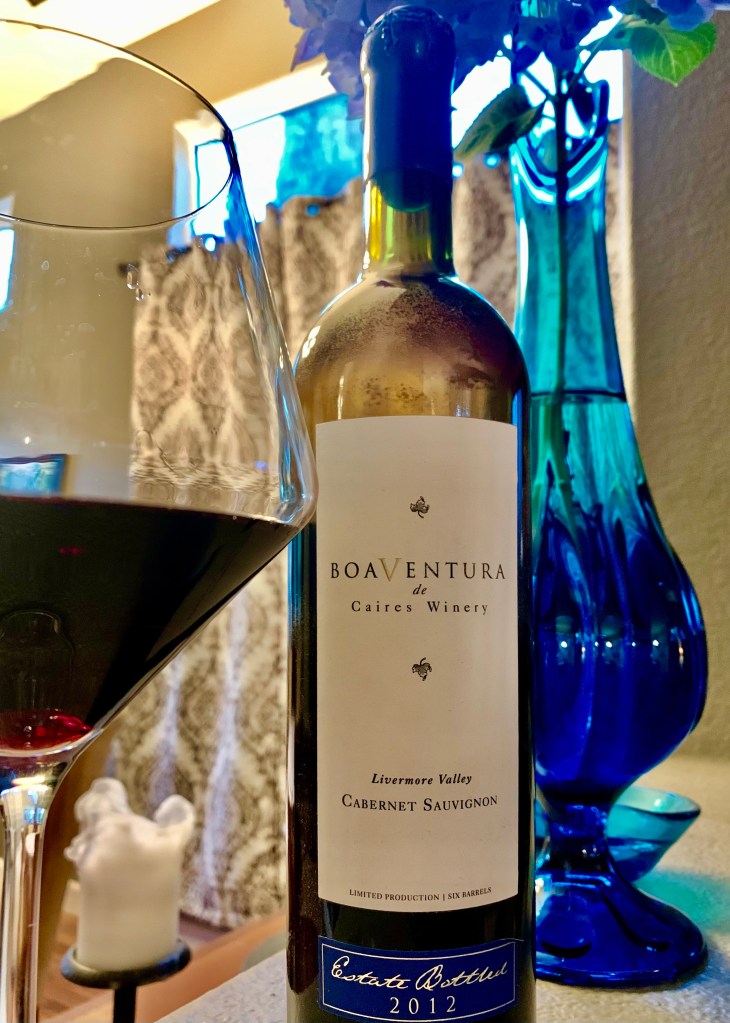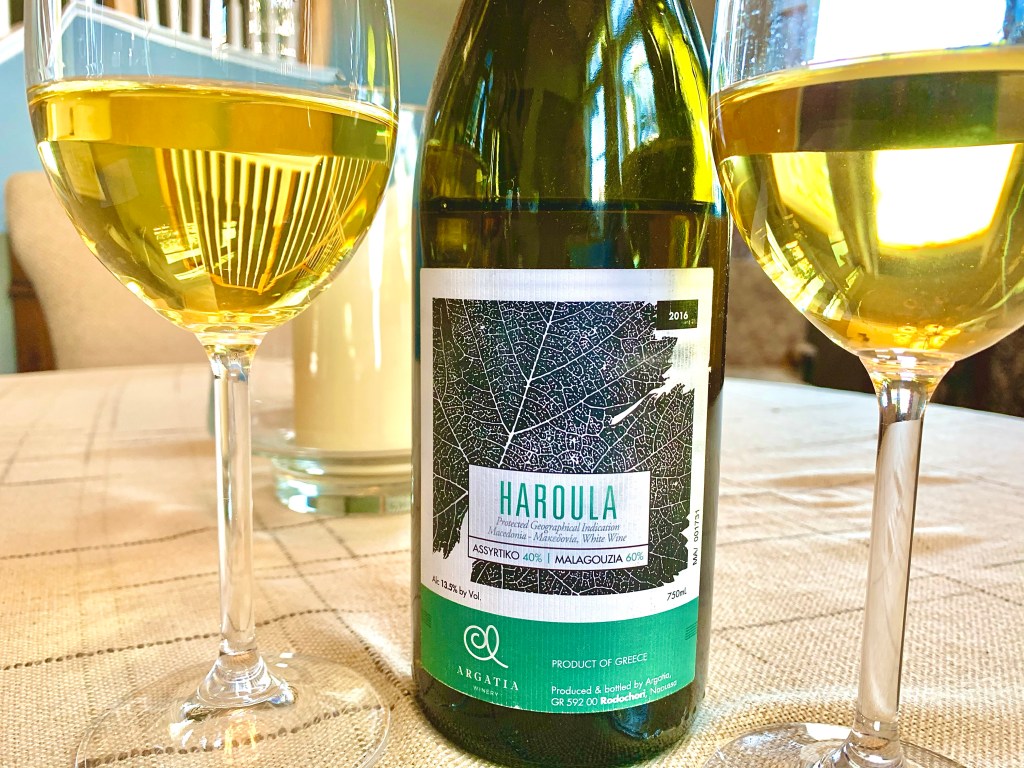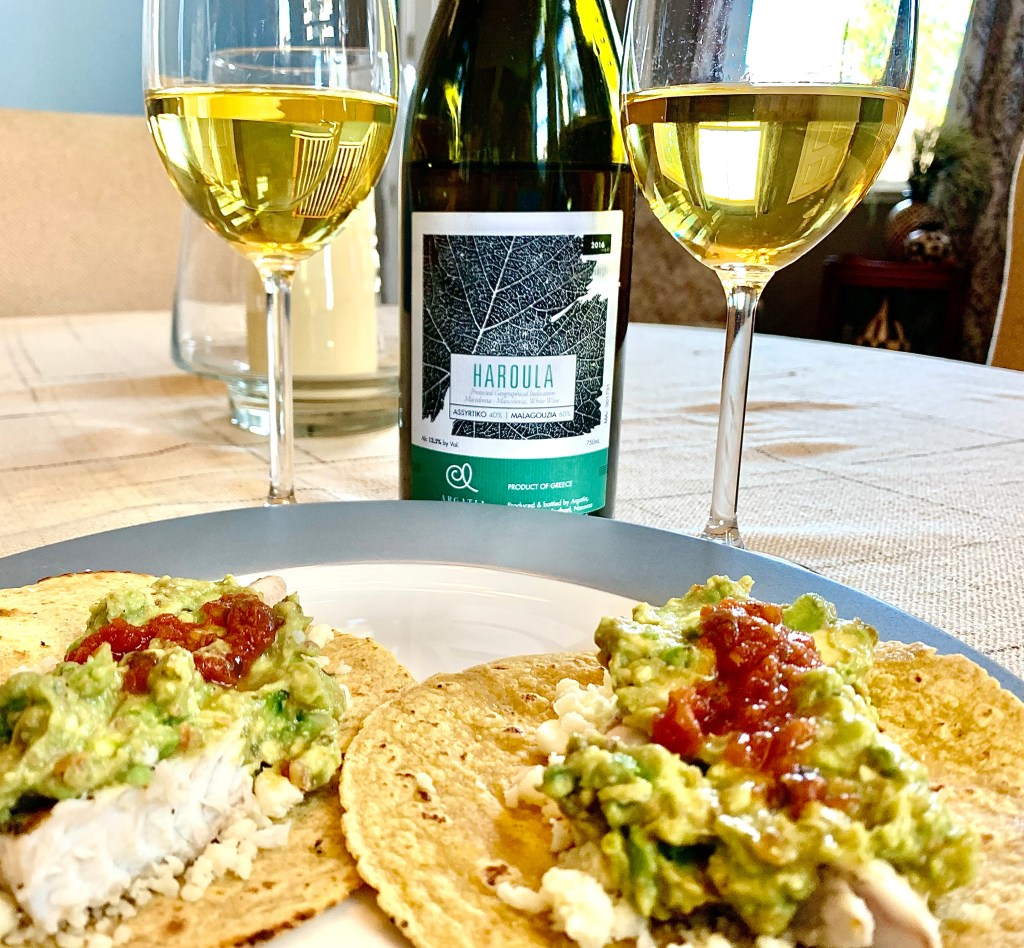A few weeks ago, we were fortunate enough to be offered some samples of Chilean Cabernet Sauvignon. Six of them, to be precise, from two major Chilean regions, Colchagua Valley and Maipo Valley, for a head-to-head Chilean Cabernet throwdown! (Read all about it here.) As we awaited the shipment, we received an email from the PR Rep coordinating the samples. Seems there was a mix up at one of the wineries, and rather shipping their Cabernet Sauvignon, they sent their Carménère, and it ended up in the sample shipment of Cabernets. It was from the same producer as the Cabernet, but clearly not a contender for the highly anticipated Chilean Cabernet Competition. Apologies were followed with assurances that the missing Cabernet was on its way to the warehouse and would be shipped to us immediately upon arrival. Meanwhile, the remaining five Cabernets would just have to rest a little longer in the cellar before their fierce faceoff.
But what of the lonely Carménère? This poor bottle had done nothing wrong! It was the victim of a warehouse kerfuffle, and nothing more. Should it be returned to its warehouse purgatory, not knowing how long it might be before someone deliberately orders it? Thankfully, no. Our friendly PR Rep confirmed that as consolation for the mix up, is that we can keep and enjoy the bonus, accidental Carménère.
The following wine was provided as an accidental media sample. All reviews, descriptions, and opinions are our own. We received no additional compensation.
To those who may be unfamiliar, Carménère is a red Bordeaux grape. It is often considered the overlooked sixth Bordeaux grape, less known that the powerhouse Cabernet Sauvignon and Merlot grapes. Typically relegated to a very minor blending role in Bordeaux wines, Carménère has found a recent spotlight in Chile, where winemakers are crafting delicious, 100% varietal wines. If you are unfamiliar with Carménère, you really should get acquainted. Carménère wines are dark, rich and complex, bursting with fruit and spice. Plus, as with most Chilean wines, Carménère is also surprisingly affordable!
Our Accidental Carménère was the TerraNoble Carménère Gran Reserva 2018, from the Maule Valley. TerraNoble was established in 1993, under the leadership of Jorge Elgueta, with the mission of producing world class Merlot wines. However, the following year, it was discovered that what was believed to be Chilean Merlot was actually Carménère. Seems the leaves and clusters of the two varieties are very similar in size and shape, so the grape had been misidentified for decades. The TerraNoble team pivoted and has built a strong reputation for producing high quality, award winning Carménère wines. They are proud stewards of the land and soils, crafting wines that showcase the unique terroir of the region.
What a happy accident this turned out to be! When we opened the bottle, we were greeted with an exquisite wine, and an excellent pairing with Garlic and Rosemary Grilled Lamb Chops with Mediterranean Salad.
Deep ruby color with a garnet rim. On the nose, smoky raspberry, cherry, blueberry, and fresh oak. On the palate, juicy raspberry, red cherry, blackberry, and Planck pepper, with tobacco, vanilla, jalapeño, and vegetal notes of dried herbs. Medium-plus body with medium tannins and bright acidity. Long, spicy finish of red fruit and black pepper.
Nobody hopes for an accident. Yet we are happy to be the beneficiaries of this one. Our hope is that you have the opportunity to try a TerraNoble Carménère soon. You’ll be glad you did.
Cheers!
- By Kent Reynolds and Robyn Raphael-Reynolds

